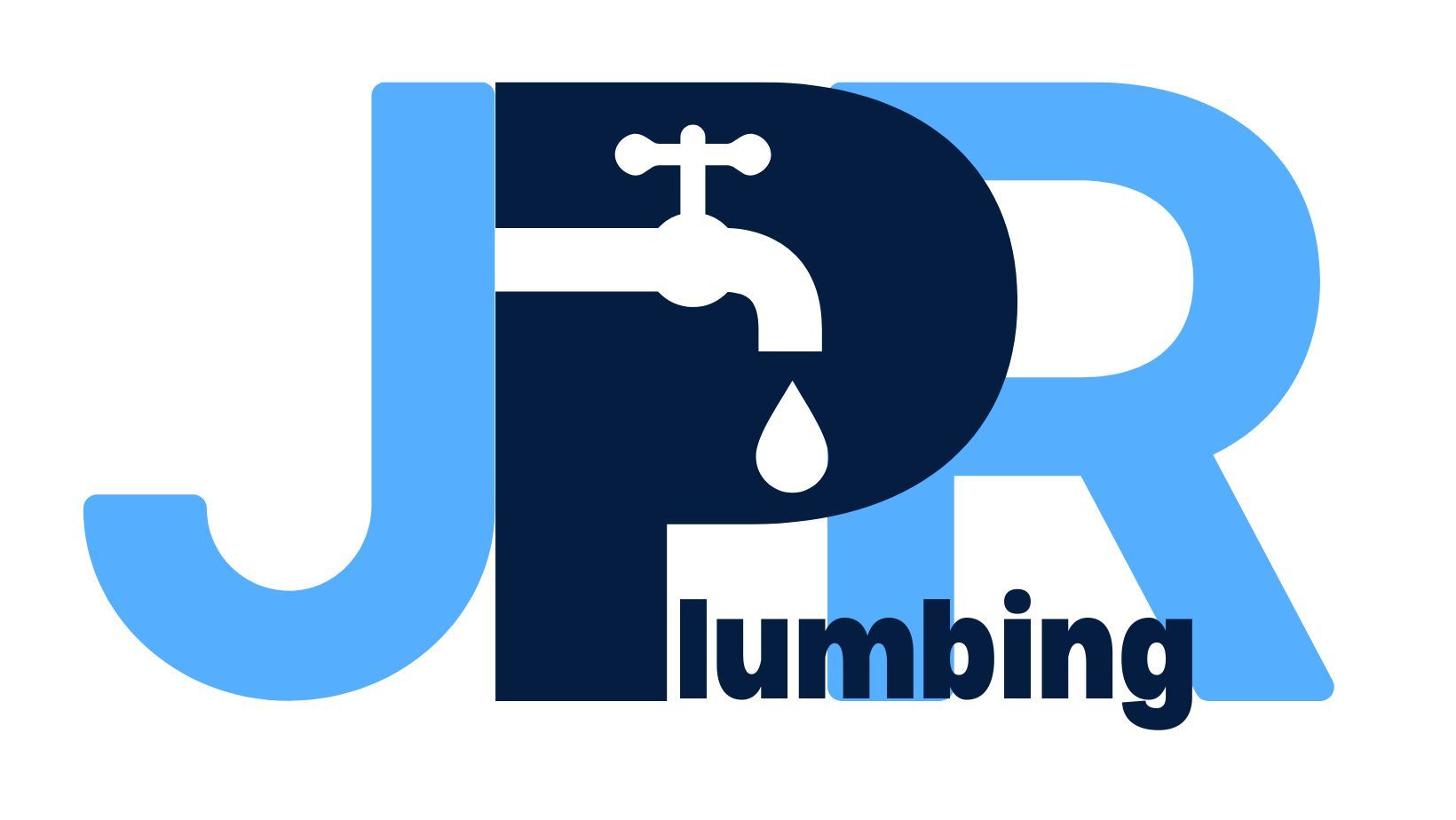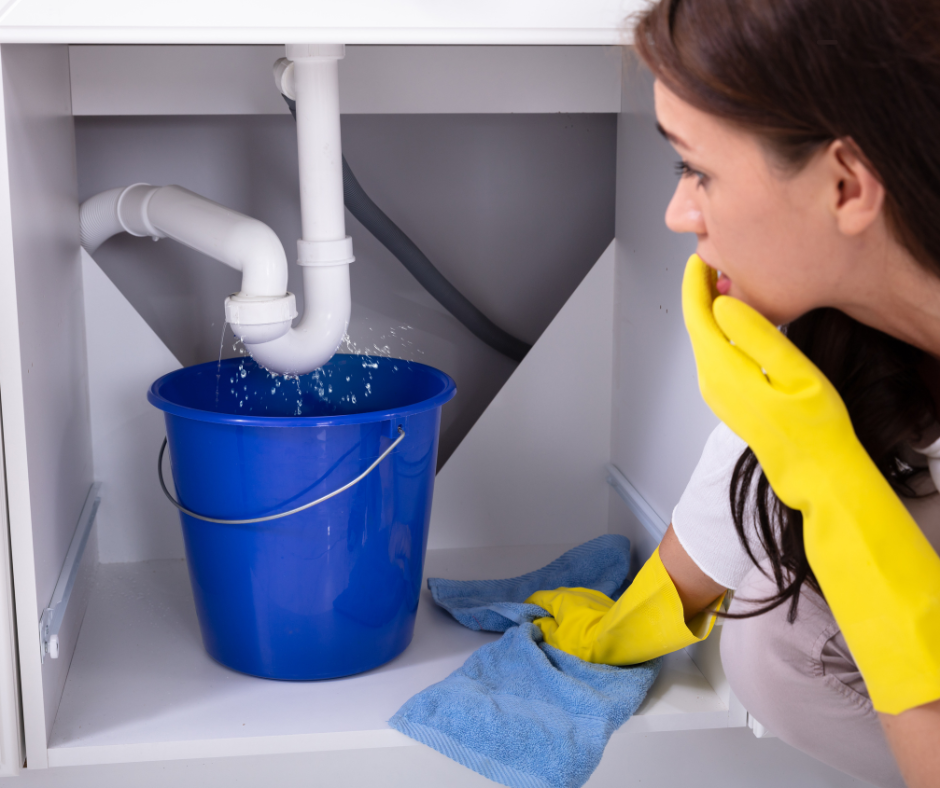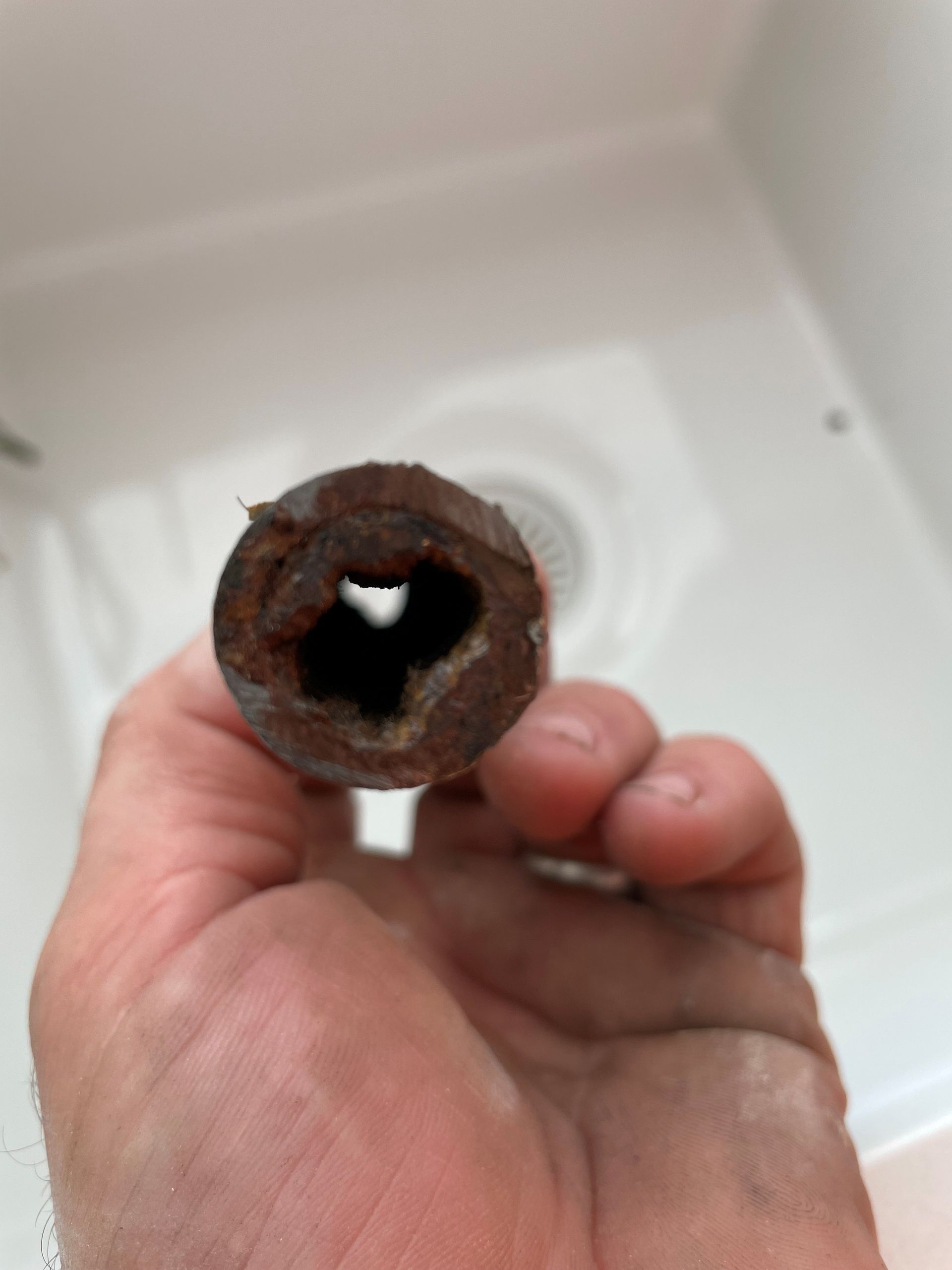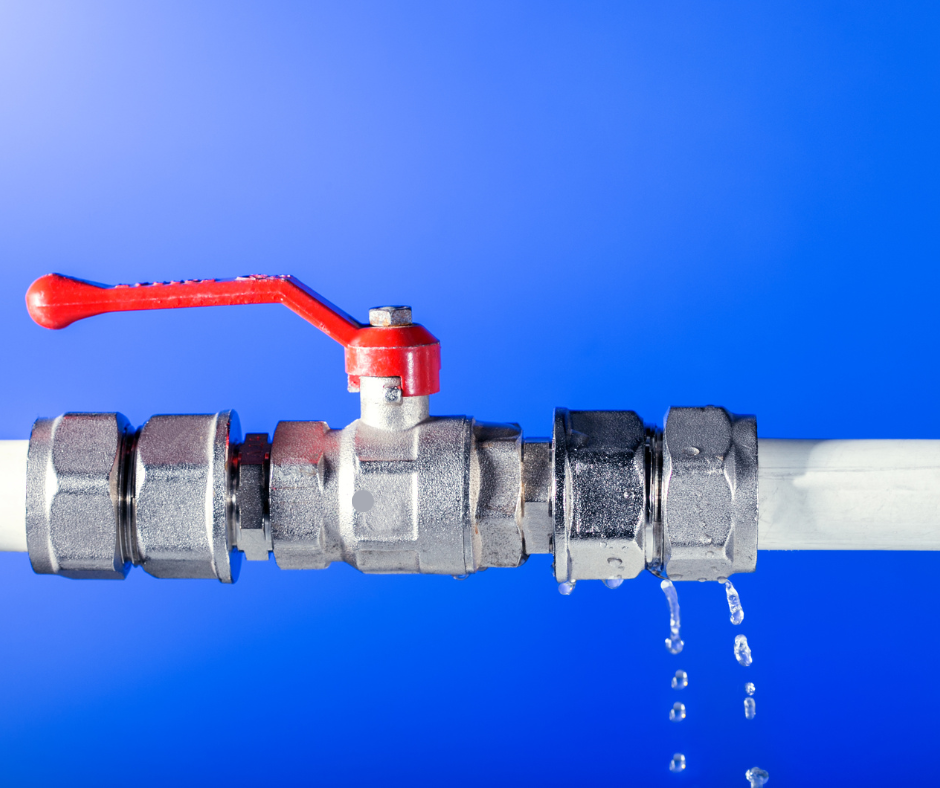What to Do if You Have a Leak Under the Sink: A Comprehensive Guide
JPR Plumbing • 11 September 2024
How to Identify and Fix a Leaking Pipe Under Your Kitchen Sink: Tips from a Brisbane Plumber
Discovering a leak under your kitchen sink can be stressful, but addressing it quickly can prevent further damage. Here’s a step-by-step guide to help you tackle the problem effectively:
1. Identify the Source of the Leak:
The first thing to do when you notice water pooling under your sink is to locate the source of the leak. There are several common culprits when it comes to leaking pipes in this area:
Loose Pipe Connections:
Over time, pipe connections can loosen, especially around joints. This is often the case in P-Traps or where the pipes connect to the sink drain.
Cracked Pipes or P-Traps:
The curved pipe (P-Trap) under your sink is prone to damage or wear. A crack in the P-Trap will lead to a continuous leak.
Leaking Sink Strainer or Basket:
The basket strainer seals the drain hole and can wear out or become misaligned over time, causing water to seep out around it.
Worn Seals or Gaskets:
Any seals or rubber gaskets within your plumbing can degrade, leading to slow drips that worsen over time.
2. Temporary Fixes:
Once you’ve identified the source of the leak, there are temporary solutions to minimise damage while you wait for a professional plumber
to assist, or gather tools:
Tighten Loose Connections:
If you spot a loose connection, try tightening the nuts or fittings with an adjustable wrench. Hand-tightening alone may not solve the issue.
Use Plumber’s Tape:
For small leaks at pipe joints, wrapping plumber’s tape around the threads can provide a temporary fix until proper repairs are made.
Place a Bucket Underneath:
If the leak is substantial, place a bucket or container under the pipe to catch water and prevent damage to your cabinets or floor.
Turn Off the Water Supply:
If the leak is severe, turn off the water supply under the sink or at the main shut-off valve to stop the flow of water.
3. Permanent Repairs:
Temporary fixes are a stop-gap solution, but you'll likely need a licensed plumber
to provide a more permanent repair:
Replace Worn-Out Parts:
If you notice a cracked P-Trap, degraded seal, or broken pipe, it’s best to replace these parts. P-Traps and seals are inexpensive and can be replaced with basic plumbing knowledge.
Check for Sink Strainer Leaks:
If the sink basket strainer is leaking, remove the old one, apply plumber’s putty, and install a new strainer. Be sure to tighten the locking nut under the sink securely.
Call a Licensed Plumber:
For more complicated repairs, such as replacing entire sections of the pipe, it’s best to call in a licensed plumber. They’ll ensure that the job is done correctly and prevent further issues.
4. Prevent Future Leaks:
Preventative maintenance is key to avoiding future leaks under your sink:
Regular Inspections:
Check your sink’s plumbing periodically for any signs of wear or damage. Address small issues before they become larger, costlier problems.
5. Cabinet Damage from Leaks:
If you’ve had a significant leak, there’s a chance the cabinetry under your sink could have sustained water damage. Cabinets often absorb moisture, leading to swelling, warping, or mould growth. In such cases, it may be necessary to replace the damaged cabinetry to avoid further issues like mould or structural weakening. For high-quality kitchen cabinetry
and professional replacement services, visit WCC Kitchens.
They offer reliable solutions for water-damaged kitchen units, ensuring your space looks and functions like new.
6. Conclusion:
Dealing with a leaking pipe under your sink requires prompt action to prevent extensive damage to your home. While some repairs can be handled with basic tools, others require the expertise of a licensed plumber. If you live in the Greater Brisbane Region, and you’re unsure how to proceed or if your cabinetry has suffered from water damage, don’t hesitate to seek professional help. JPR Plumbing
offers expert plumbing services across Brisbane, ensuring your pipes are leak-free and functioning properly, while WCC Kitchens and Cabinets
can handle any cabinetry replacements needed to restore your kitchen cabinets.
You might also like
Book a Service Today
Thank you for contacting us.
We will get back to you as soon as possible
We will get back to you as soon as possible
Oops, there was an error sending your message.
Please try again later
Please try again later
We are available via text, email or phone

Brisbane's leading professional plumbing service.
QBCC Licence: 15468483
Navigation
Services
Working hours
- Mon - Sun
- Open 24 hours
© 2025
All Rights Reserved | JPR Plumbing




